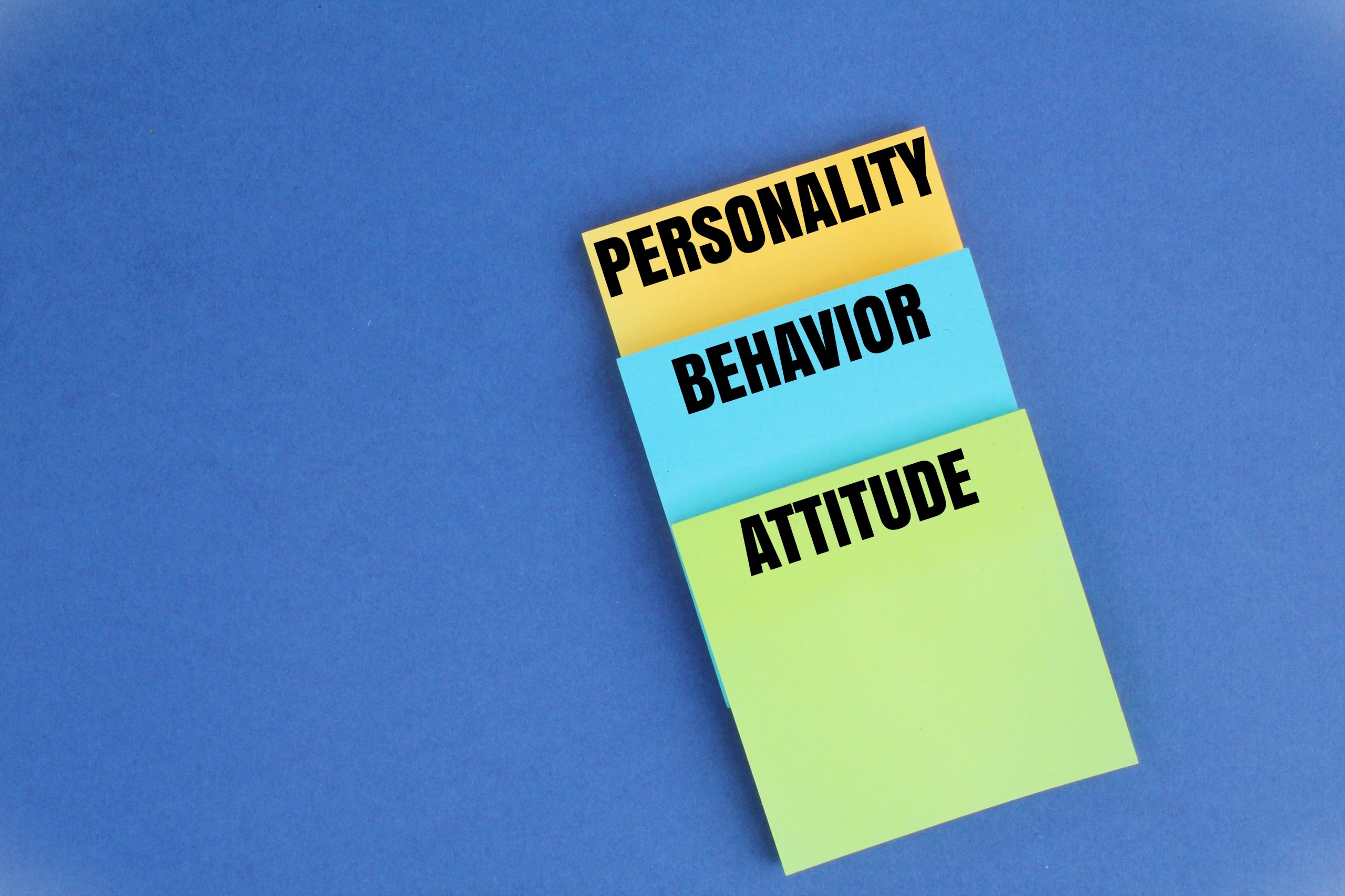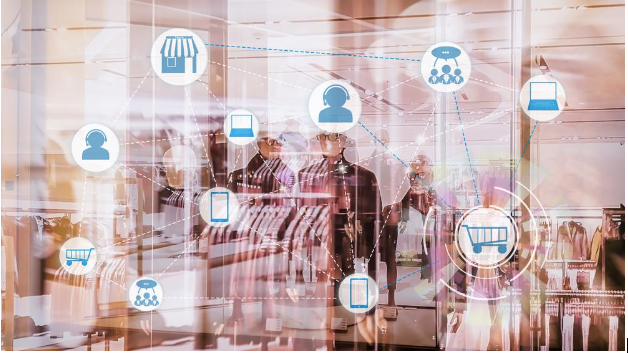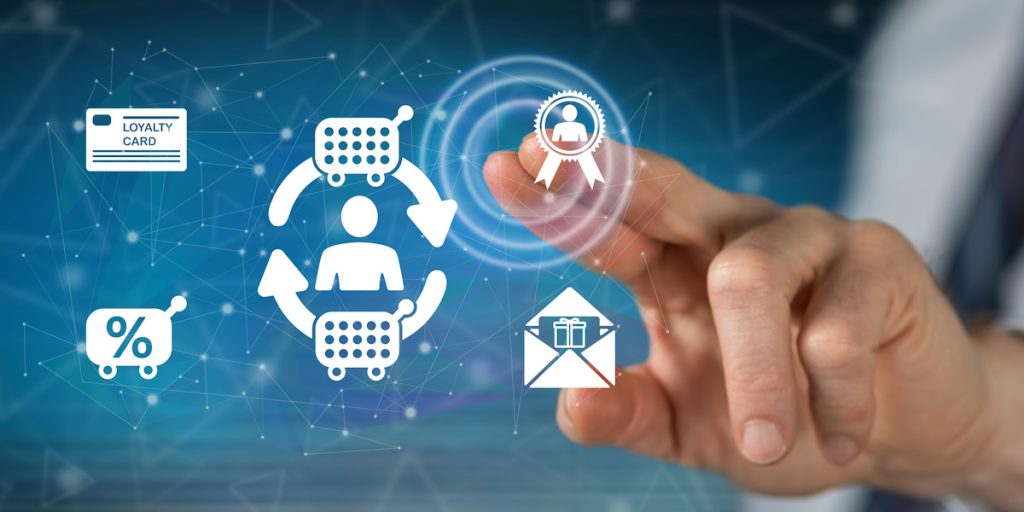In the business world, creating loyal customers is essential for long-term success. But loyalty is not just about having good products or services; it’s about understanding why customers stick around and how you can keep them coming back. This is where Behavioral Economics in B2C Loyalty comes into play. By focusing on the psychological and emotional drivers behind consumer choices, companies can build loyalty programs that genuinely resonate with their customers. Let’s explore how behavioral economics can transform customer loyalty.
Understanding Behavioral Economics in B2C Loyalty
Behavioral economics blends psychology and economics to explain why people make certain choices. When applied to B2C (business-to-consumer) loyalty, it sheds light on what drives customers to stay with a brand or abandon it for a competitor. Traditional loyalty strategies often focus on offering rewards or discounts, but behavioral economics reveals that emotional and psychological factors are just as, if not more, important.
Emotional Drivers Behind Customer Loyalty
People often make decisions based on feelings, even if they think they’re being logical. This makes understanding emotions crucial in building loyalty.
How Fear Can Ensure Loyalty?
One of the most powerful emotions in loyalty is fear. Specifically, fear of missing out (FOMO) or losing something valuable. Many loyalty programs leverage this by creating a sense of urgency. For example, when points are about to expire, customers might rush to use them so they don’t lose out. This taps into what’s called loss aversion—the idea that people would rather avoid a loss than gain something new. If customers feel they might lose rewards, discounts, or special access, they’re more likely to stay loyal to the brand.
Cognitive Biases That Influence Consumer Loyalty
Cognitive biases are mental shortcuts that affect how people think and make decisions. By understanding these biases, businesses can create loyalty programs that align with how customers naturally behave.
Loss Aversion: Keeping Customers Engaged
As mentioned, loss aversion plays a major role in how people respond to loyalty programs. It’s why customers may continue to shop with a brand just to maintain their rewards status or keep earning points. Losing out on something they’ve worked hard to accumulate, like rewards or points, feels much worse than gaining something new feels good. Smart loyalty programs emphasize what the customer might lose if they don’t engage regularly.
The Reciprocity Effect
Reciprocity is the idea that when someone does something for you, you feel the need to return the favor. In a B2C context, when a business offers a reward—whether it’s a free product, a discount, or even just a thank-you note—the customer feels an obligation to give something back. Often, this means continuing to shop or engage with the brand.
Why Simplicity Wins in Loyalty Programs?
One of the most common mistakes businesses make is creating overly complex loyalty programs. If a customer has to jump through too many hoops to earn rewards, they may give up before even starting. This is where behavioral economics comes in again.
Avoiding Decision Fatigue
Too many options or complicated reward systems can lead to decision fatigue. This happens when customers feel overwhelmed by too many choices or steps, leading them to disengage from the program altogether. Simplicity keeps things manageable. When it’s easy to understand how points are earned and what rewards are available, customers are more likely to stick with the program. A clear path to rewards makes the process feel rewarding instead of confusing.
The Role of Rewards in Building Customer Loyalty
Rewards are the backbone of many B2C loyalty programs. They provide an immediate incentive for customers to keep coming back. However, the type and timing of rewards can greatly impact how customers respond.
Immediate vs. Delayed Rewards
Consumers love instant gratification. Immediate rewards—such as getting a discount at the point of sale—create a sense of satisfaction that keeps people engaged. On the other hand, delayed rewards, like accumulating points for future benefits, can also be effective if framed correctly. A mix of both can cater to different customer preferences. For instance, offering a small immediate discount alongside a long-term points system combines the best of both worlds, keeping customers happy in the short term while also encouraging long-term loyalty.
Making Rewards Feel Meaningful
For rewards to feel valuable, they need to connect with what customers actually want. Behavioral economics teaches us that rewards tied to real needs and desires are much more effective. For instance, offering free products that align with a customer’s purchase history can feel more thoughtful than generic discounts. This personalized approach increases engagement, as the customer feels the brand understands and values their preferences.
Social Proof: Why People Follow Others
Another key concept from behavioral economics is social proof. This is the idea that people tend to follow the actions of others. In loyalty programs, social proof can be a powerful motivator.
How Social Proof Impacts Loyalty?
When customers see others benefiting from a loyalty program—whether it’s through testimonials, reviews, or social media—they’re more likely to join or stay involved. This is why many brands showcase customer reviews and success stories related to their loyalty programs. For example, seeing a post from a satisfied customer who redeemed their points for a coveted reward can prompt others to take action. The simple act of sharing how others are benefiting can create a ripple effect of engagement.
Personalization: Building Loyalty Through Connection
Personalization is one of the most effective ways to keep customers loyal. When businesses tailor their offers, rewards, and communications to individual customers, it makes them feel valued.
The Power of Tailored Rewards
Behavioral economics highlights that customers are more likely to respond positively when offers feel personalized. Data is key to achieving this. By tracking customer behavior—what they buy, how often they shop, and what rewards they prefer—businesses can create personalized offers that resonate. For example, a customer who regularly buys coffee might appreciate a free coffee coupon more than a discount on a completely unrelated product.
Why Data Matters?
Personalized loyalty programs rely on accurate customer data. By understanding customer preferences, companies can send targeted offers that feel relevant. This, in turn, fosters a stronger emotional connection, making customers more likely to stay loyal to the brand. When customers feel understood and valued, they’re more likely to remain engaged and continue supporting the business.
Conclusion
Behavioral economics gives businesses a powerful framework to understand and influence customer loyalty. By tapping into emotional triggers like fear, leveraging cognitive biases like loss aversion and reciprocity, and simplifying loyalty programs to avoid decision fatigue, companies can create strategies that build long-term relationships and drive B2C Customer Loyalty with emotional connection. Add in the influence of social proof and personalized rewards, and the result is a loyalty program that feels relevant, valuable, and easy to engage with. In short, when businesses understand the psychology behind customer choices, they can design loyalty programs that truly resonate and lead to lasting loyalty.
FAQs
What is loss aversion, and how does it affect customer loyalty?
Loss aversion is the tendency for people to prefer avoiding losses rather than acquiring gains. In loyalty programs, customers are motivated to avoid losing points or rewards, keeping them engaged with the brand.
Why is simplicity important in loyalty programs?
Simplicity is crucial because complex programs can overwhelm customers, leading to disengagement. Simple, easy-to-understand programs keep customers motivated and reduce decision fatigue.
How does fear influence customer loyalty?
Fear, especially the fear of losing rewards or missing out on exclusive deals, can drive customers to stay loyal to a brand. This is often used in loyalty programs with expiring points or limited-time offers.
What role does social proof play in loyalty programs?
Social proof shows potential customers that others are benefiting from a loyalty program, encouraging them to join or stay engaged. Customer testimonials, reviews, and success stories are great examples of social proof.
Why are personalized rewards more effective?
Personalized rewards resonate with customers because they feel tailored to their preferences and needs. This makes customers feel valued and understood, which strengthens their loyalty to the brand.
How does behavioral economics improve B2C loyalty programs?
Behavioral economics helps businesses understand the psychological factors behind consumer decisions. By using these insights, companies can design loyalty programs that align with natural human behaviors, leading to more effective engagement and retention.
By focusing on how consumers actually think and behave, businesses can create loyalty programs that not only attract customers but also keep them coming back for the long term.
How Can You Leverage Data to Personalize and Optimize Employee Rewards?




